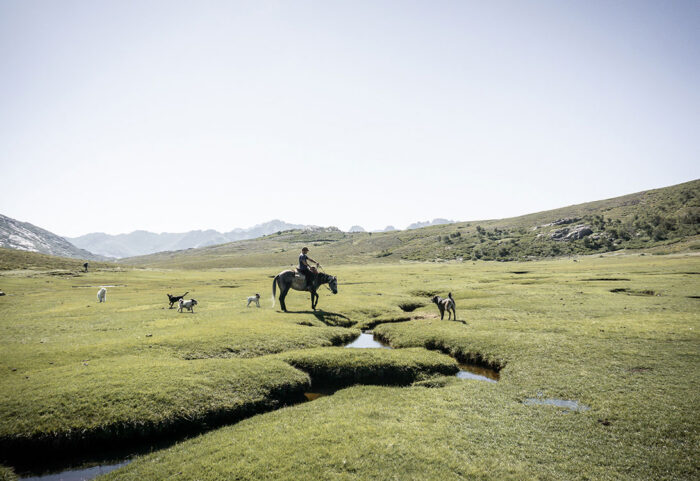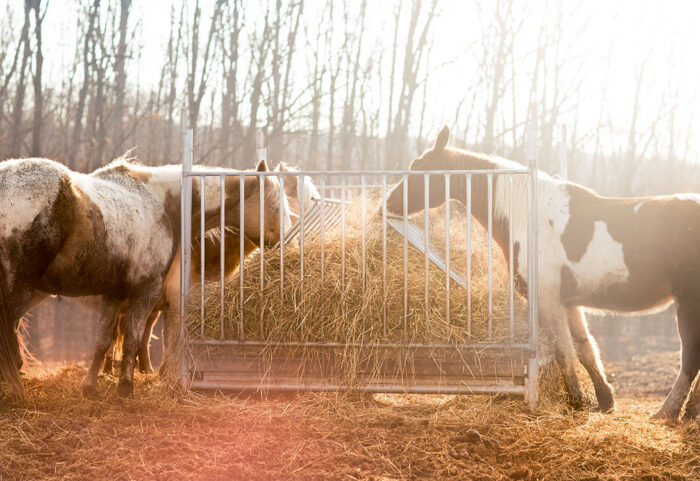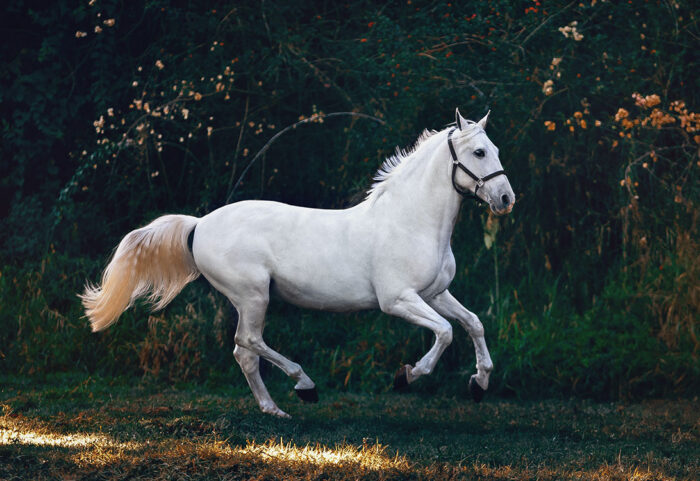The Difference Between English and Western Riding
These styles share a number of similarities, along with their fair share of differences. Below, we’ll decode the difference between English and Western riding so that you can discover the perfect fit for your needs.
Saddle
One of the most obvious differences between English and Western riding is the saddle. Differences in the saddle have to do with the development of each style. For instance, Western riding was created to suit the needs of working cowboys who put in long hours on horseback.
With that in mind, Western saddles are typically more comfortable for longer periods of time and are noticeably larger to allow for more even weight distribution. There’s also a saddle horn which was originally used as an anchor when roping cattle.
English saddles, on the other hand, are derived from saddles used by mounted military. The saddle is smaller, lighter, and is designed to keep the horse’s movement as free-flowing as possible. Some riders feel that this saddle is more versatile than the Western saddle.
Attire
You can quickly distinguish between English and Western riding styles by simply looking at the rider’s attire. English riders usually wear a traditional helmet or hunt cap paired with a fitted jacket and tall boots.
Western riders may opt to wear a traditional western hat or helmet while riding. This look is completed with cowboy boots, jeans, and generally comfortable clothing.
Sports
There are different types of riding based on the style you choose. While both riding styles can engage in trail riding, competitive mounted orienteering, and endurance racing, there are some sports that are reserved for either style.
For example, you may find only Western riders participating in team penning or reining. English riders exclusively may engage in Dressage, Polo, or Hunter Pace.
Types of Horse
You’ll also find that certain types of horses tend to lend themselves to one style of riding over another. However, keep in mind that this is not a hard and fast rule. Many horses remain outliers and can perform well in both styles of riding.
With that in mind, Western horses tend to be compact, stocky and able to provide consistent, steady travel for hours on end. These horses can certainly let out small bursts of speed when needed, but aren’t typically built for long distance speed.
English horses are usually taller than Western horses, since they are built to perform in competitive jumping and clear other obstacles. They can also be considered more “leggy” and have a thinner build, crafted for efficiency.
Horse Gaits
English and Western riders also have a different vocabulary when it comes to gait. This makes sense since each riding style is suited for different purposes, i.e Western is for consistent, long rides whereas English is more flexible, variable riding.
A walk for both English and Western riders is fairly similar. However, when it comes to a trot, canter, and lope, there’s a wide variety of differences depending on the style and discipline of the horse. Generally speaking, Western gaits have less variation and room for stylistic preference.
Western Vs. English Riding: Which Should I Choose?
At the end of the day, deciding between Western and English riding is a personal preference. That being said, some riders feel that learning English riding style first is wise since it’s likely easier to transition from English to Western style than the other way around. On the contrary, the stability of Western saddles can be perfect for beginners, especially if it’s one of your first riding experiences.
Regardless of your decision, either riding style is sure to produce an incredibly rewarding experience for riders. Happy riding! Learn more Here


